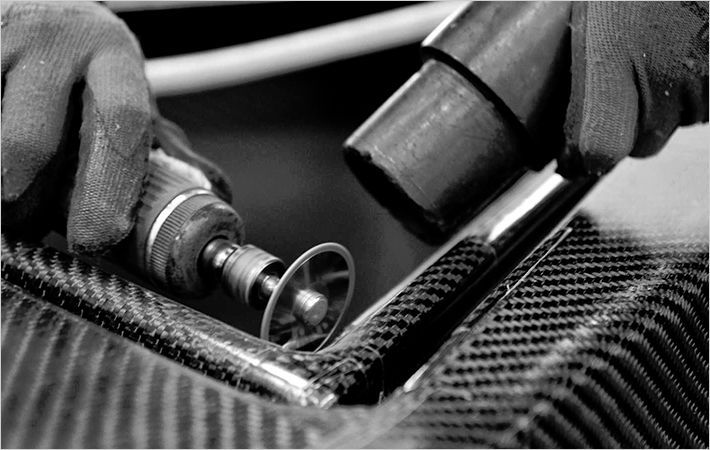With a smart textile, Hohenstein researchers are for the first time taking a new therapeutic approach to preventing developmental problems in premature babies by sensory-motor means.
With ‘ARTUS’, the artificial uterus, experts at the Hohenstein Institute have developed the world's first artificial uterus, which helps premature babies to develop, by providing sensory stimulation.With a smart textile, Hohenstein researchers are for the first time taking a new therapeutic approach to preventing developmental problems in#
“The specifications for a therapeutic medical device such as ARTUS are always demanding,” say Hohenstein researchers.
Firstly, the material properties of the textile, such as its feel, elasticity and resistance, must simulate conditions in the womb as realistically as possible and the best combination of fibre and fabric structure must be chosen.
The artificial uterus will also incorporate a mechanical textile actuator to provide the sensory and motor stimuli and sensation of equilibrium that will promote the development of the infant's brain.
These earliest perceptions affect the whole of a person's subsequent life and are enormously important for the sensory-motor development of children born prematurely.
From the medical point of view, these sensory impressions from the uterus should be provided to the baby immediately after its premature birth.
Children born too early often find it hard to judge spatial distance, control their muscle tension or perform complex sequences of movements.
The researchers are even going a step further in their project and incorporating the mother's heartbeat into the artificial uterus.
It is well-known that the mother's voice and heartbeat have a soothing effect on the newborn child and also stimulate its development.
There are currently no medical devices on the market for incubators or other aids that are used to stabilise the condition of infants which incorporate sensory integration therapy.
According to Hohenstein, ARTUS is the first textile therapist of its kind, because until now incubators have only provided a constant temperature, the necessary humidity and a controlled oxygen supply.
Neonatologists, who are specialists in newborn and premature babies, are currently assessing the effectiveness of ARTUS for tiny babies by observing it in use.
The aim is to improve the clinical well-being of the little patients. This can be assessed in a standardised way by using stress measurements, including what is called the Apgar score.
Five components; heart rate, respiration, response to touch, muscle tone and skin colour are measured at regular intervals and, depending on the result, given a score for each. (AR)
Fibre2fashion News Desk - India

